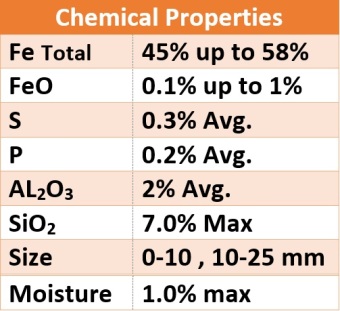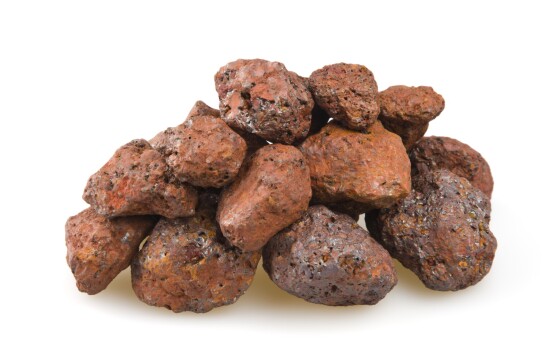Hematite Ore
Formula:
Fe2O3
Colour:
Steel-grey to black in crystals and massively crystalline ores, dull to bright "rust-red" in earthy, compact, fine-grained material.
Lustre:
Metallic, Sub-Metallic, Dull, Earthy
Hardness:
5 - 6
Specific Gravity:
5.26
Crystal System:
Trigonal
Member of:
Hematite Group
Name:
Originally named about 300-325 BCE by Theophrastus from the Greek, "αιματίτις λίθος" ("aematitis lithos") for "blood stone". It is possibly the first mineral ever named ending with a "-ite" suffix. Translated in 79 by Pliny the Elder to haematites, "bloodlike", in allusion to the vivid red colour of the powder. The modern form evolved by authors frequently simplifying the spelling by excluding the "a", somewhat in parallel with other words originally utilising the root "haeme".
Polymorph of:
Luogufengite, Maghemite
Hematite Group. The iron analogue of Corundum, Eskolaite, and Karelianite.
Hematite is rather variable in its appearance - it can be in reddish brown, ocherous masses, dark silvery-grey scaled masses, silvery-grey to black crystals, and dark-grey masses, to name a few. What they all have in common is a rust-red streak.
Black crystals may be confused with ilmenite.
Hematite Ore

Hematite Iron ore fines grade 45 to 58 in size 0-10 and 10-25 mm are produced in our mines

